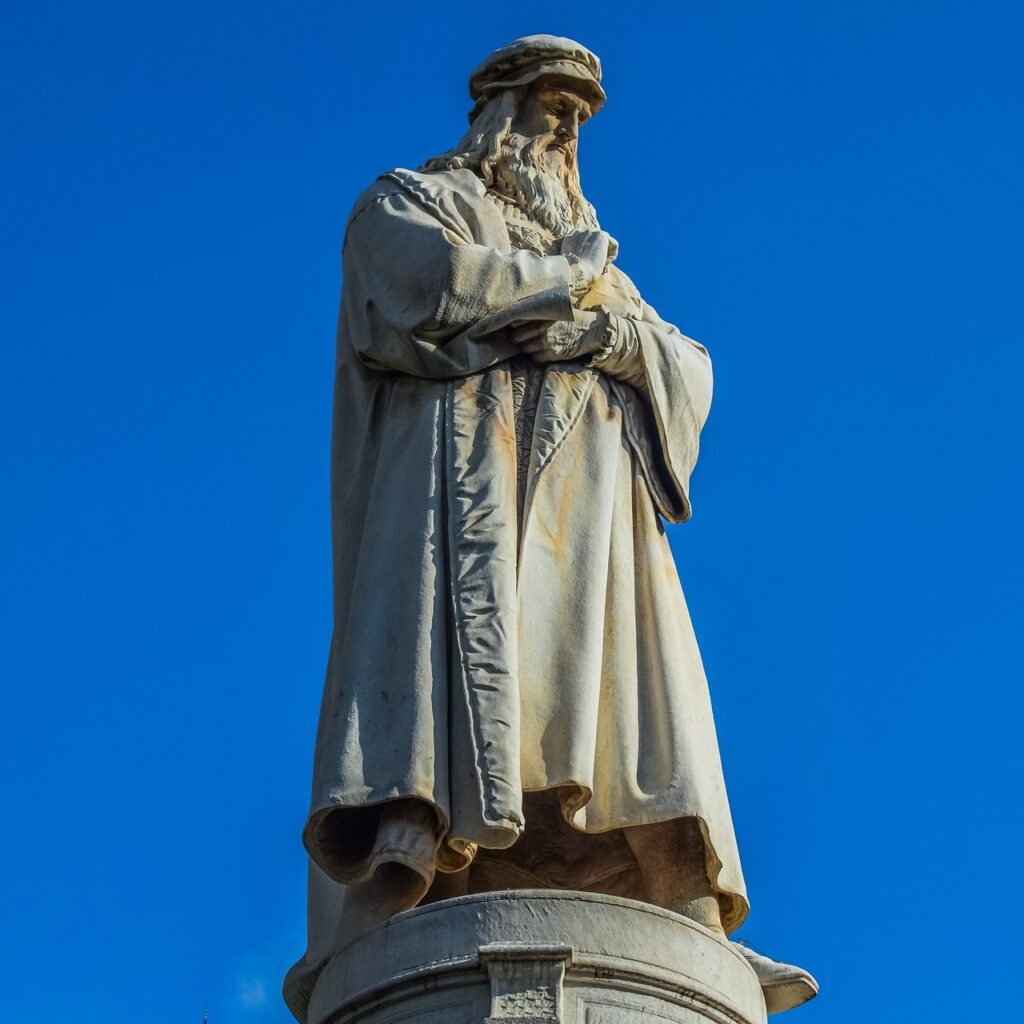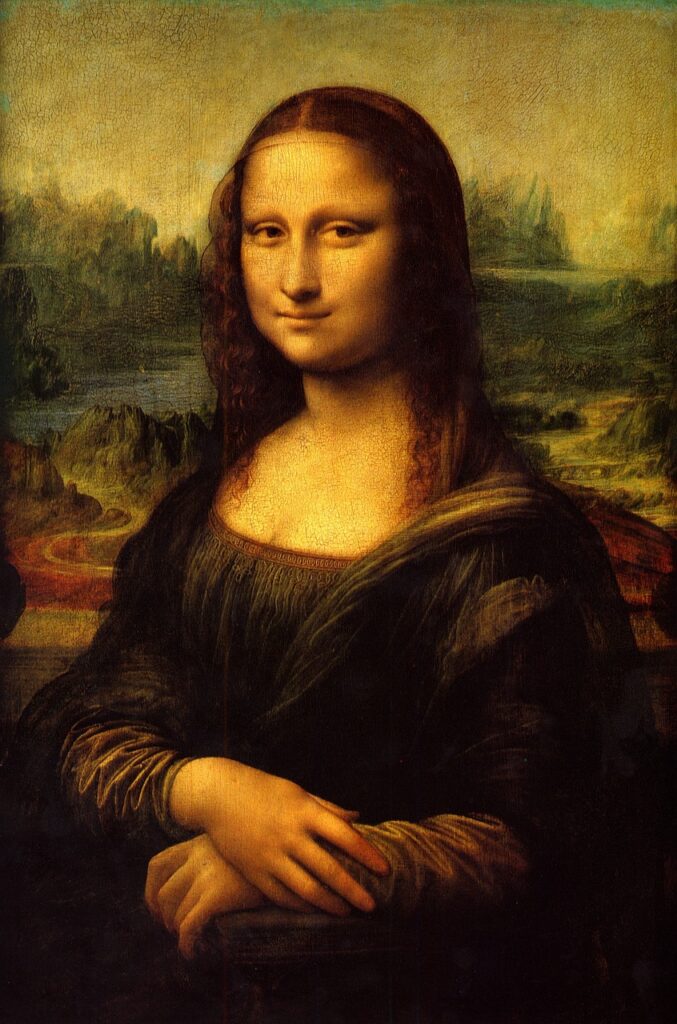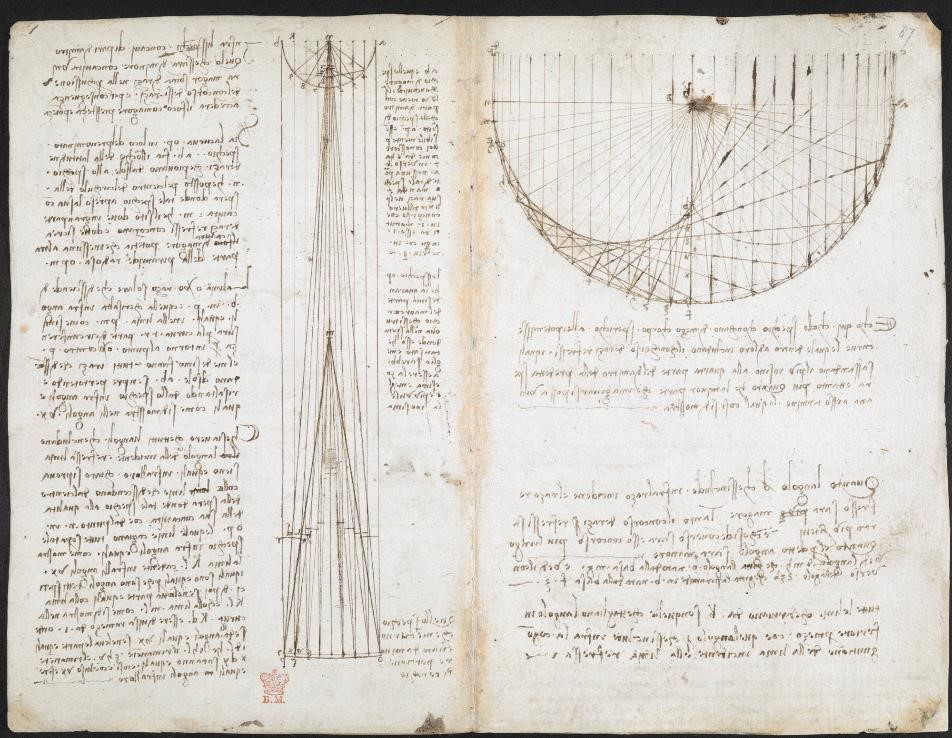Leonardo da Vinci
Grades 7+
 Leonardo da Vinci is widely regarded as one of the most brilliant minds in human history. The illegitimate son of an attorney and a milkmaid, he received no formal education beyond basic reading, writing, and math, yet he was responsible for stunning achievements in several fields.
Leonardo da Vinci is widely regarded as one of the most brilliant minds in human history. The illegitimate son of an attorney and a milkmaid, he received no formal education beyond basic reading, writing, and math, yet he was responsible for stunning achievements in several fields.
For example, he is more known as a painter than as a medical researcher, yet his drawings of the parts of the body were used in most medical textbooks for the next four hundred years. At the time, the Catholic Church prohibited the dissection of human bodies, and anyone caught doing so was at risk of being excommunicated and perhaps executed. Despite those risks, Leonardo continued his studies, driven by his insatiable curiosity and desire for knowledge. He dissected more than 30 human bodies of all ages and of both genders in order to understand the body’s inner workings. (3)
Leonardo’s anatomical studies also had a profound impact on his art. His understanding of the human body’s structure and movement allowed him to create incredibly lifelike and dynamic figures in his paintings. He only painted twenty pictures, yet several of them are considered masterpieces, with the Last Supper and the Mona Lisa being the best known. (1)
 Of the two, the Mona Lisa is the more famous of the two. In fact, it is arguably the most popular painting of all time. The subject of the painting is believed to be Lisa Gherardini, the wife of a wealthy Florentine silk merchant. The painting is renowned for its mysterious expression and its use of sfumato, a painting technique that enables the artist to blend the person with the background, which results in a unified picture. (2)
Of the two, the Mona Lisa is the more famous of the two. In fact, it is arguably the most popular painting of all time. The subject of the painting is believed to be Lisa Gherardini, the wife of a wealthy Florentine silk merchant. The painting is renowned for its mysterious expression and its use of sfumato, a painting technique that enables the artist to blend the person with the background, which results in a unified picture. (2)
Leonardo’s “day job,” however, was neither art nor medicine. Princes and wealthy merchants would hire him to develop machines that would defend their cities and that would knock down the walls of their enemies. His war machines – some of which were never built – included a tank, a helicopter, and machines for lifting heavy weights.
 Nor were his scientific accomplishments limited to the physics of war machines. He also made significant contributions to the fields of optics, hydrodynamics, and geology.
Nor were his scientific accomplishments limited to the physics of war machines. He also made significant contributions to the fields of optics, hydrodynamics, and geology.
Da Vinci kept copious notes – written forward with his right hand and backwards with his left, in a mirror image … and at the same time! Was he better at writing with one hand than the other? Yes. Leonardi was naturally left-handed. He had been forced to become right-handed. He ended up writing, painting, and sword-fighting with both hands. (1)
Leonardo da Vinci Activity 1
Find the words that indicate comparisons. The number of them are indicated in parenthesis.